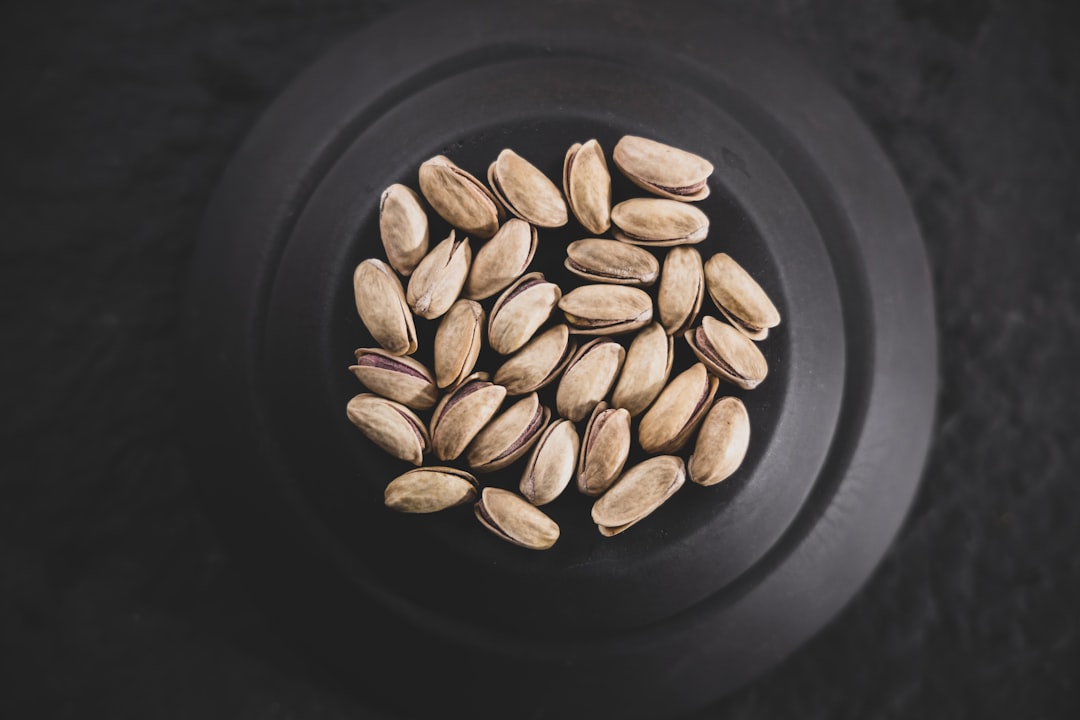What is it about?
Biodiversity today has an unusual property, that 90% of species live on land, whereas for most of Earth history life in the sea dominated. Overall biodiversity on land appears to have risen substantially in the past 100 million years, and this reflects the ability of flowering plants to diversify, to adopt more life forms than all other plants together, to provide huge numbers of specialist niches for other plants and animals, and to drive climate in positive feedback loops that enable more of Earth’s surface to be occupied, especially in rainforests.
Featured Image

Photo by Rui Silvestre on Unsplash
Read the Original
This page is a summary of: The Angiosperm Terrestrial Revolution and the origins of modern biodiversity, New Phytologist, November 2021, Wiley,
DOI: 10.1111/nph.17822.
You can read the full text:
Contributors
The following have contributed to this page










